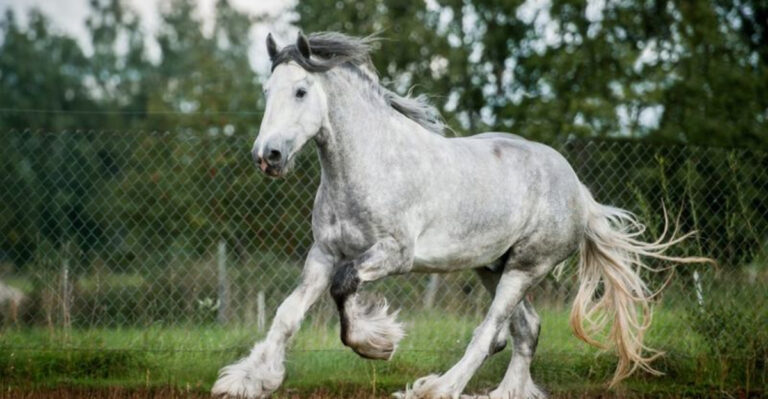Florida’s Boldest Solution: Who Wins – Honey Badgers Or Pythons?
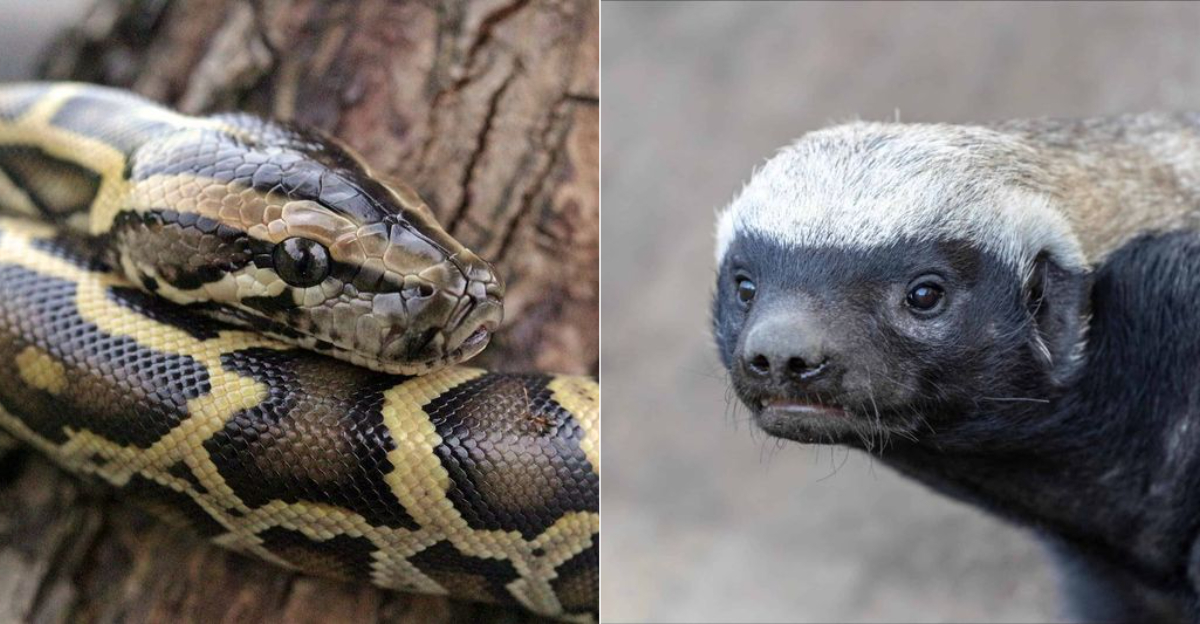
Florida’s invasive python crisis has sparked bold ideas – but this one might top them all. In a daring ecological experiment, one of nature’s most fearless predators, the honey badger, is being considered as a biological counterforce.
With unmatched toughness and a reputation for taking on venomous snakes, these scrappy mammals could tip the scales. But is this wild solution a stroke of genius – or a new disaster in the making?
1. No Honey Badgers Roam Florida’s Wildlands
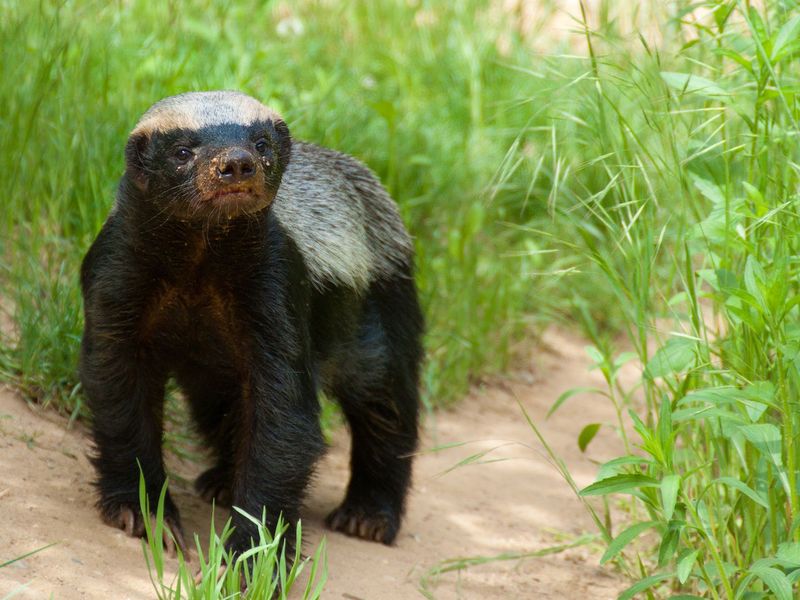
Surprise! Despite what viral videos might suggest, honey badgers aren’t Florida residents at all. These tough little mammals are native to Africa, the Middle East, and India.
Florida’s wildlife roster includes plenty of interesting creatures, but honey badgers remain thousands of miles away from the Sunshine State’s swamps and forests.
2. Burmese Pythons Are Dominating The Everglades
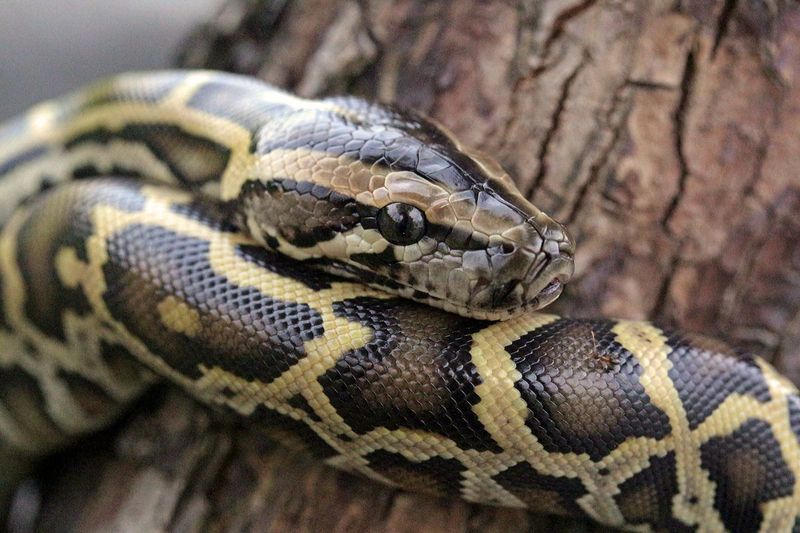
Released as unwanted pets decades ago, these massive snakes have created an ecological nightmare in South Florida. Their population exploded without natural predators to keep them in check.
Today, these slithering giants have decimated small mammal populations by up to 99% in some areas, fundamentally altering the Everglades ecosystem.
3. Resistance To Snake Venom Gives Badgers An Edge
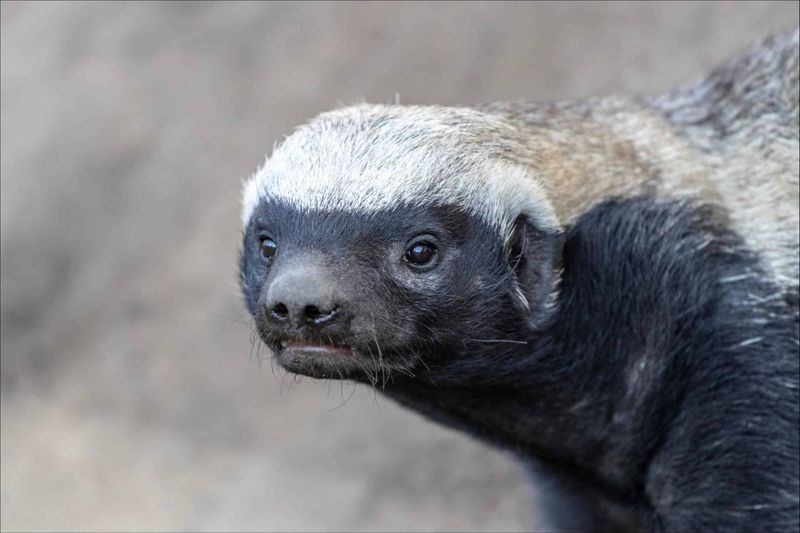
Talk about a superpower! Honey badgers possess special proteins in their blood that neutralize snake venom. This remarkable adaptation lets them tangle with deadly cobras and vipers without fatal consequences.
While they might still feel pain from a bite, they can shake off venom that would kill other animals many times their size.
4. Some Pythons Stretch Over 18 Feet Long
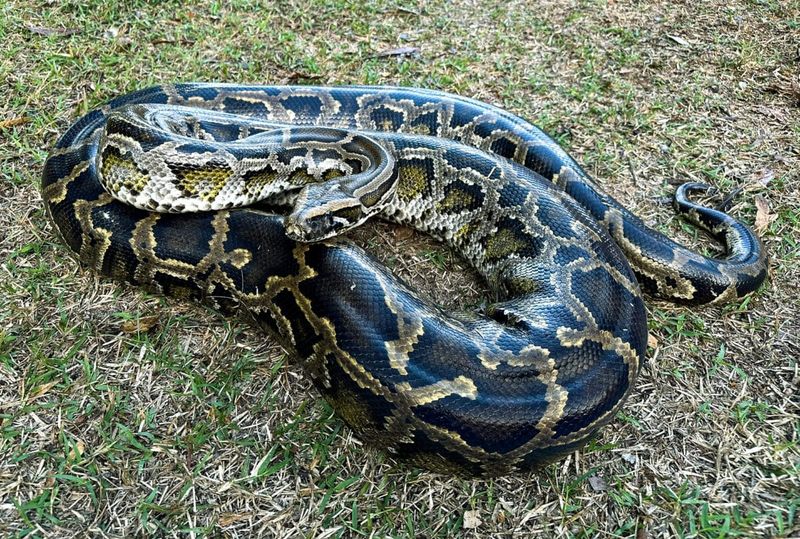
Imagine a snake longer than a pickup truck! Florida’s record-breaking Burmese python stretched a whopping 18 feet 8 inches.
These giants can weigh over 200 pounds, with muscular bodies thick as a weightlifter’s thigh. Even experienced handlers need multiple people to safely control an adult python of this size.
5. Fierce And Relentless, Badgers Rarely Back Down

Pound for pound, few creatures match the honey badger’s tenacity. These 20-30 pound fighters have been documented taking on lions and winning!
Their secret? A combination of loose, thick skin that’s nearly impossible to bite through, powerful jaws that crush bones, and a never-quit attitude. Even when injured, they’ll continue fighting.
6. Constriction Is How Pythons Take Down Their Prey

Unlike venomous snakes, Burmese pythons are fatal huggers. They strike with lightning speed, grabbing prey with backward-curved teeth, then rapidly coil around their victim.
With each exhale, the python tightens its grip until circulation stops. This deadly embrace can crush animals as large as deer and alligators in minutes.
7. The Python Population Keeps Climbing Each Year
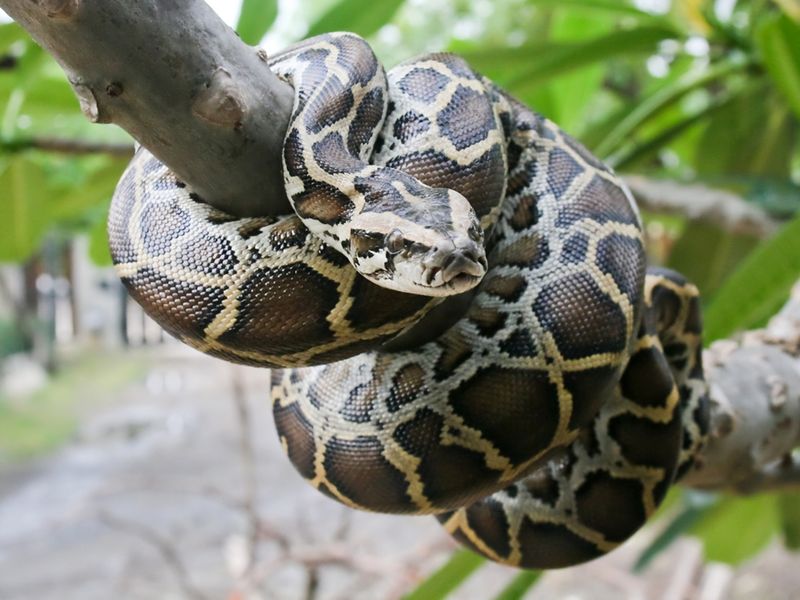
Female pythons can lay up to 100 eggs annually, creating a population explosion that’s nearly impossible to control. Hidden in remote swamps, they’re masters of camouflage.
Florida’s wildlife agencies have tried everything from trained dogs to tracking devices. Yet despite removing thousands yearly, scientists estimate tens of thousands still slither through the Everglades.
8. Introducing Badgers Could Disrupt Native Ecosystems
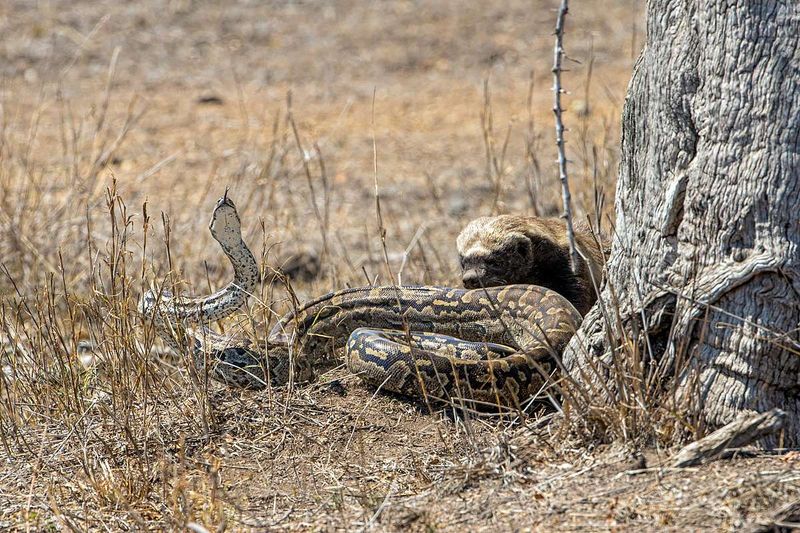
Bringing in a non-native predator like the honey badger could upset the delicate ecological balance in the Everglades. Their aggressive behavior and high adaptability mean they might target more than just invasive pythons.
Ecosystems with already threatened species could face new pressures from unexpected predation. Well-intentioned introductions have historically resulted in unintended and lasting ecological consequences.
9. Generalist Diets May Threaten Local Wildlife
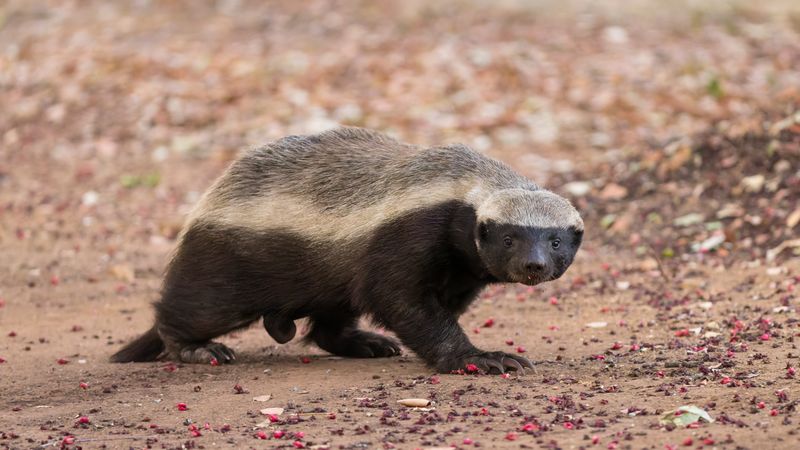
Honey badgers aren’t picky eaters – they’ll consume anything from reptiles to small mammals. In Florida, that could mean native turtles, birds, rodents, and even insects are at risk
Their ability to exploit a wide range of food sources makes them resilient – but also dangerous in new environments. This broad diet could lead to population declines in species already struggling to survive.
10. Florida’s Wildlife Has Faced Bio-Control Disasters Before

The state has a long history of biological control backfiring, often worsening the problem. Efforts to manage pests or invaders have sometimes introduced predators with little regard for long-term impact.
Instead of solving the original issue, new ecological imbalances were created. These past failures are now warnings for any future wildlife intervention.
11. Cane Toads And Lionfish Serve As Harsh Lessons
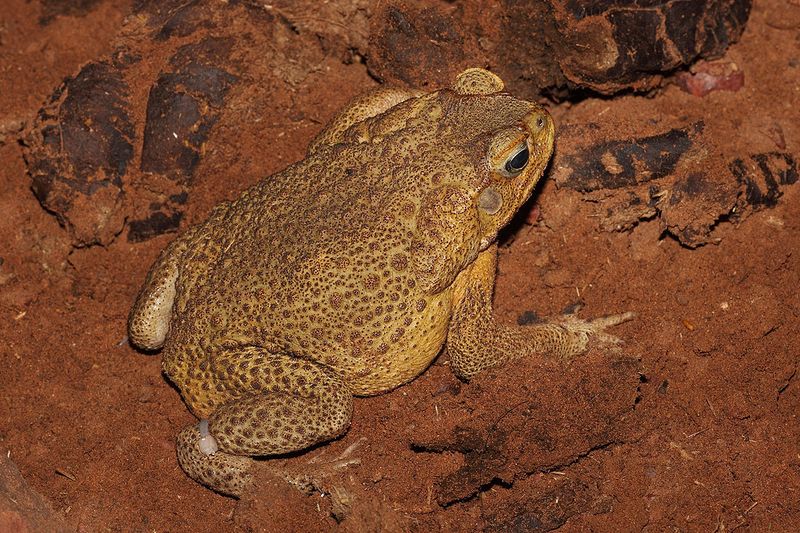
Cane toads, brought in to control crop pests, spread rapidly and poisoned native predators. Lionfish, introduced via the aquarium trade, now dominate reef systems and outcompete native fish. Both cases show how invasive species can spiral beyond control.
Florida’s experience with them is a reminder that even small introductions can reshape ecosystems permanently.
12. Small Mammals And Turtles Could Become New Targets

With their opportunistic hunting style, honey badgers may prey on Florida’s native fauna. Species like marsh rabbits, gopher tortoises, and small birds may become unintended victims.
Many of these animals already face threats from habitat loss and invasive predators. Adding a new predator could be the tipping point for some vulnerable populations.
13. Even Rock Pythons Have Met Their Match In Badgers

In parts of Africa, honey badgers have been seen attacking large snakes like the African rock python. They use speed, strength, and venom resistance to take down formidable foes.
While rare, these encounters highlight just how bold and capable badgers are in a fight. Their fearlessness may give them an edge over Florida’s pythons – but at what cost to everything else?





